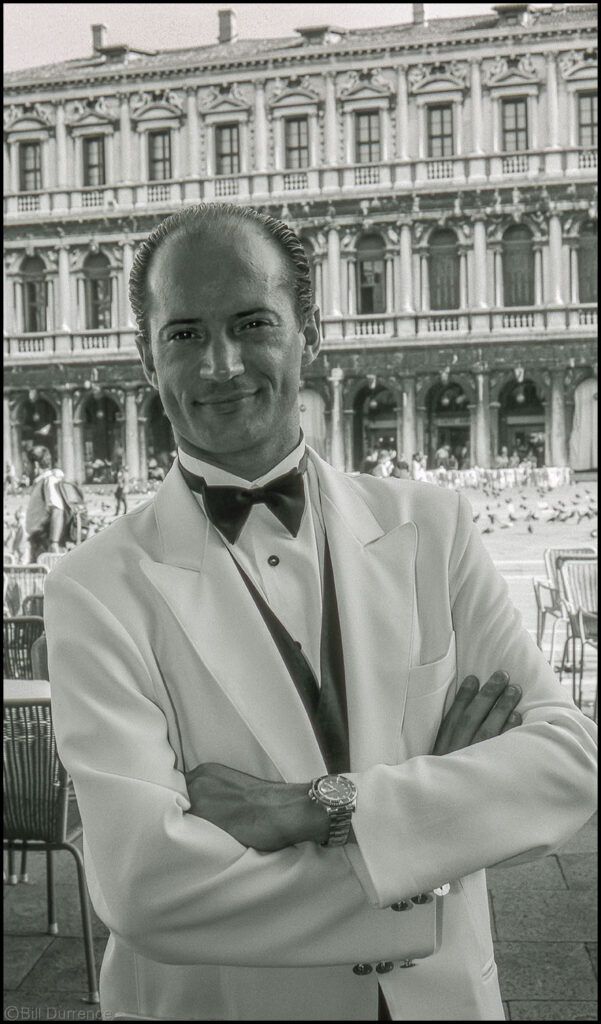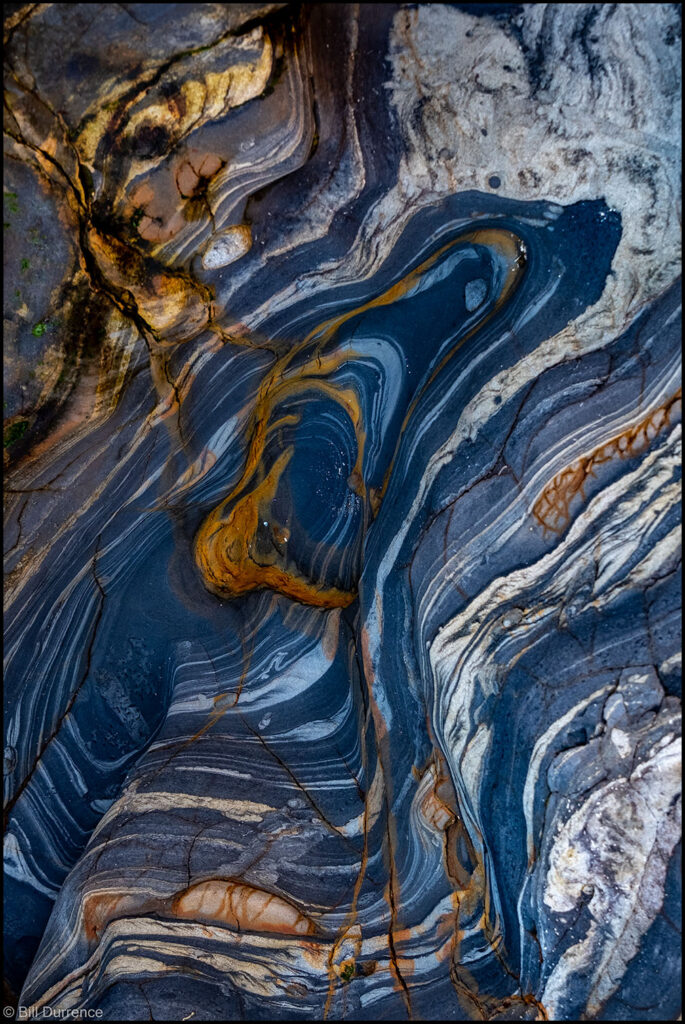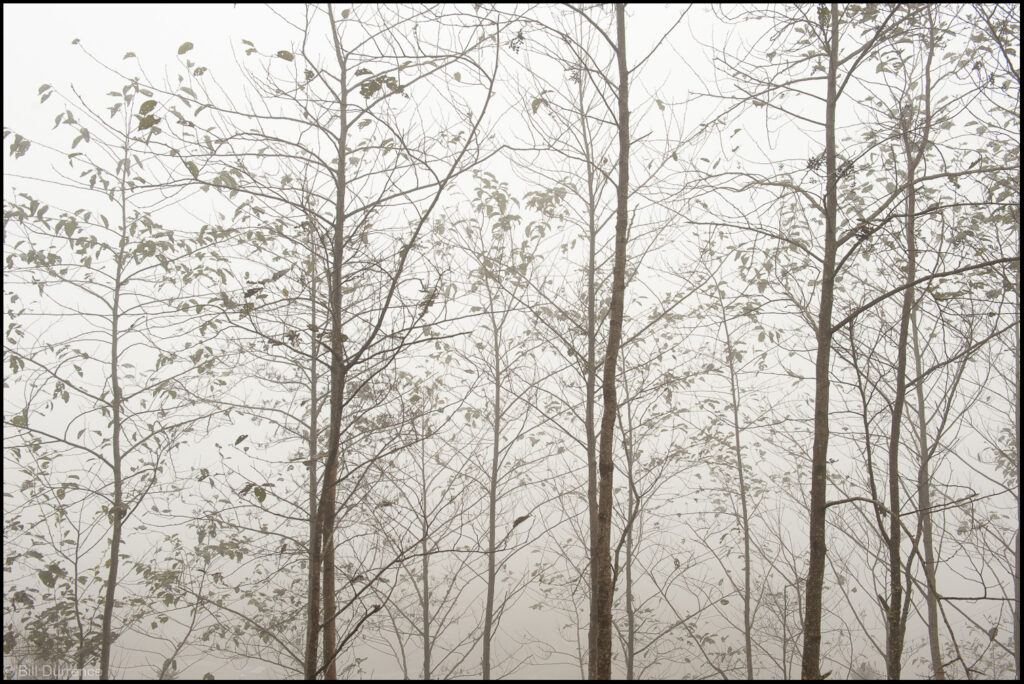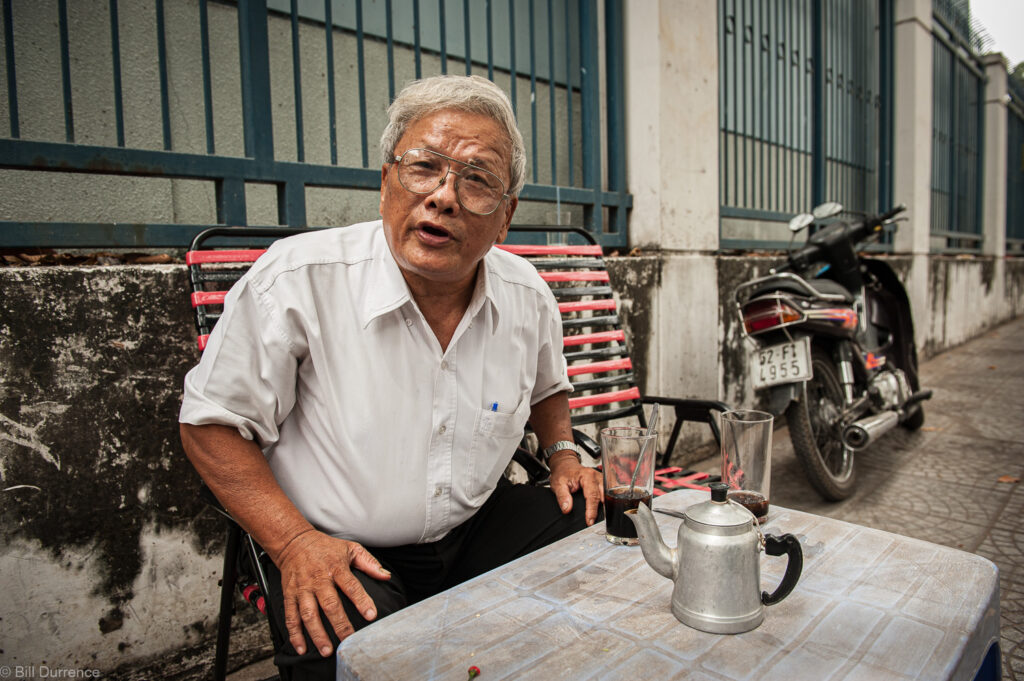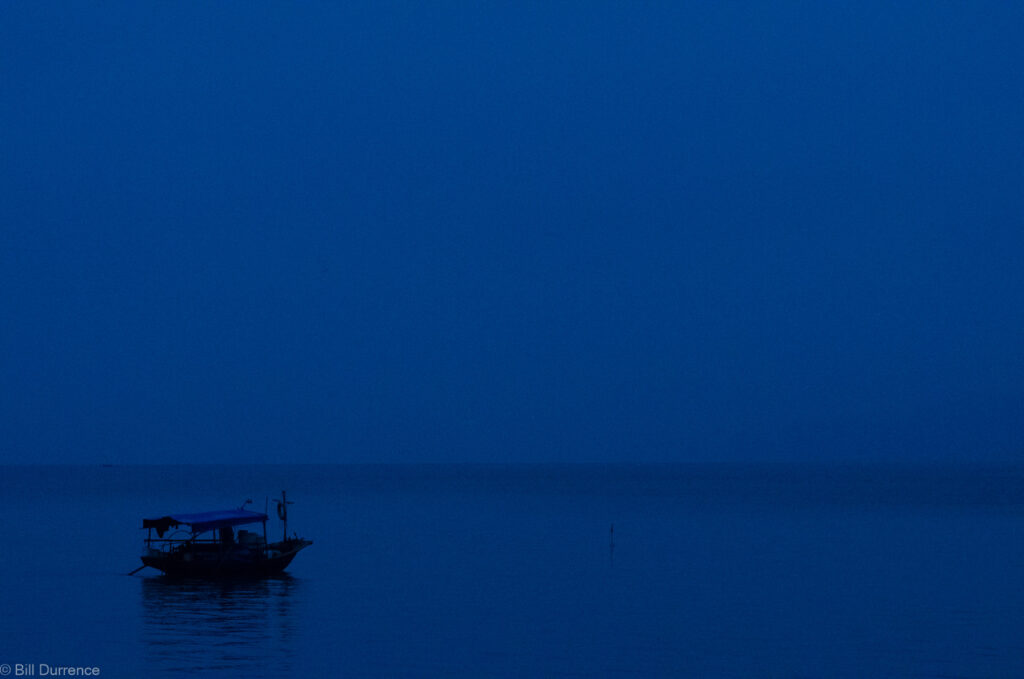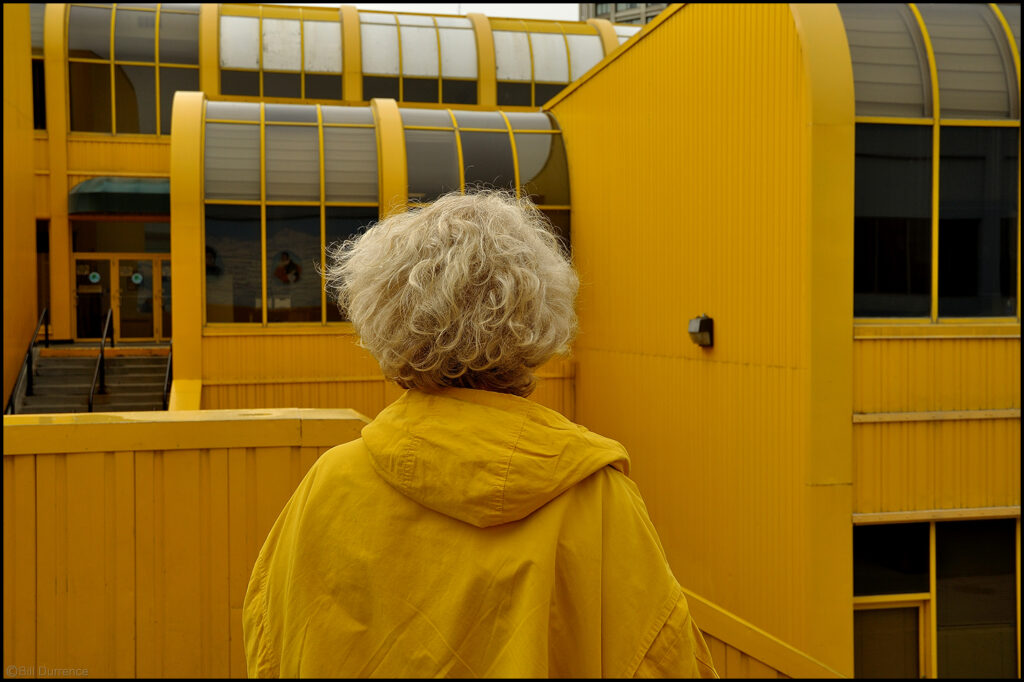Tybee Island, GA, circa 1966

The north end of Tybee Island, at the mouth of the Savannah River, is a very user-friendly place these days, with a parking lot and food service in the summer, plus sandy beaches. In the 1960’s, before beach re-nourishment programs, jetties were used to try to retard erosion. Beach-goers did not go to north Tybee back then; the rusted jetties were ugly and dangerous to swim around. That made it the perfect trysting place for my best friend and his girl when we were finishing up high school (Jenkins HS, Class of 1965). It was a moody atmosphere, with lots of privacy. There was a section of an old sea wall still standing which made a wind-sheltered snuggling place. They called it “Summer Place,” I’m pretty sure referencing the Sandra Dee/Troy Donahue movie, “A Summer Place.” Nothing so attractive as the forbidden. Whether or not Bobby and Joanne did anything more than petting, and only on top of clothes, I do not know, did not know. But I took this young woman I was enamored of to this special place in the hopes something in the air would inspire some of the same amorous notions in her for me. Alas, no, although I suppose it did work in a way. She was also enamored of Bobby.
For more photographs go to https://www.billdurrence.com/index

